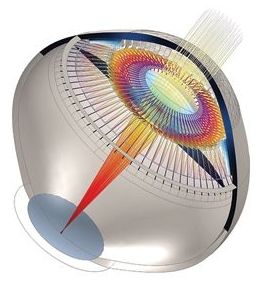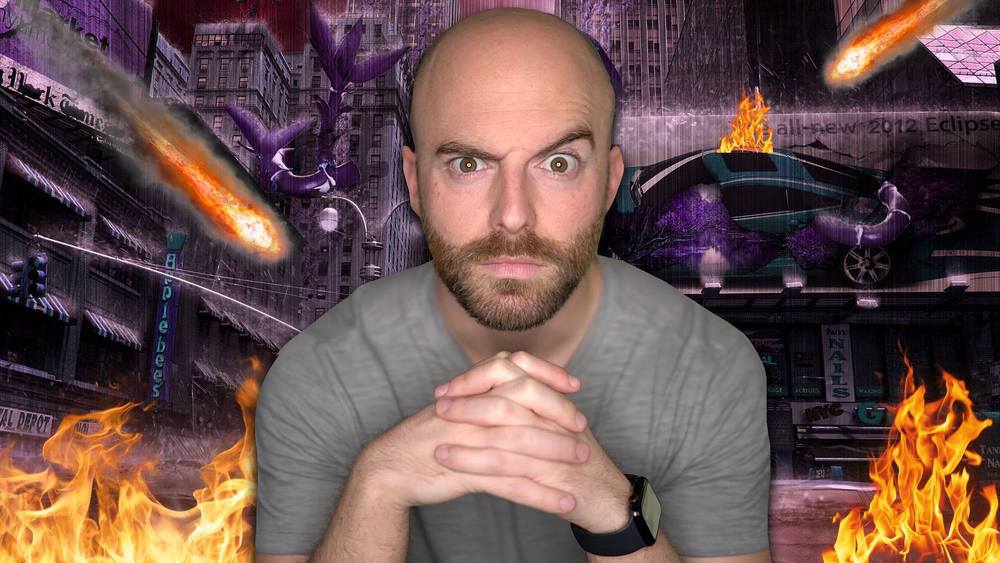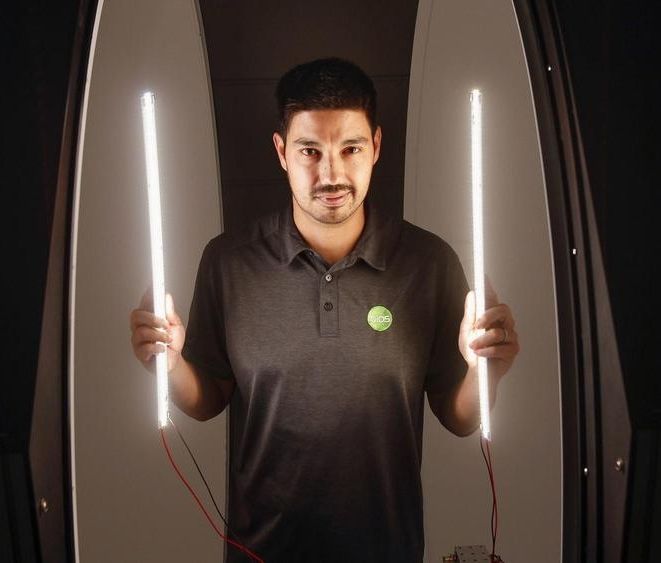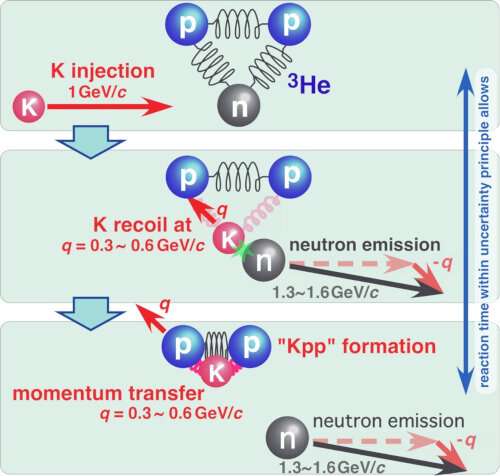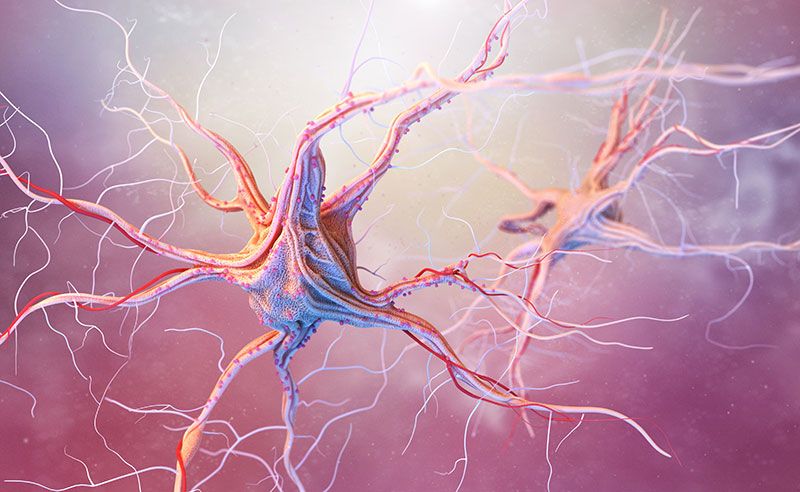Page 9472
Jan 24, 2019
Eve of Destruction: Doomsday Clock Hovers at 2 Minutes to ‘Midnight’
Posted by Jeffrey L. Lee in category: existential risks
Today (Jan. 24), experts with the Bulletin of the Atomic Scientists (BAS) updated the imaginary timepiece, which measures the proximity of humanity’s destruction based on the position of the clock’s hands relative to midnight — the hour of the impending apocalypse.
The hands on the hypothetical Doomsday Clock suggest the world is still in dire risk of apocalypse.
Jan 24, 2019
First geoengineering experiment to dim the sun on track for 2019
Posted by Victoria Generao in categories: climatology, engineering, particle physics, space
 © Getty Harvard scientists will attempt to replicate the climate-cooling effect of volcanic eruptions with a world-first solar geoengineering experiment set for early 2019.
© Getty Harvard scientists will attempt to replicate the climate-cooling effect of volcanic eruptions with a world-first solar geoengineering experiment set for early 2019.
The Stratospheric Controlled Perturbation Experiment (SCoPEx) will inject calcium carbonate particles high above the earth in an attempt to reflect some of the sun’s rays back into space.
It will likely mark the first time the controversial concept of dimming the sun — more scientifically known as stratospheric aerosol injection (SAI) — will be tested in the real world.
Continue reading “First geoengineering experiment to dim the sun on track for 2019” »
Jan 24, 2019
3D eye simulation directs noninvasive process to prolong glasses-free vision
Posted by James Christian Smith in category: biotech/medical
Ophthalmology company Kejako (Geneva, Switzerland) has developed what it calls a noninvasive “Phakorestoration” process, whereby a laser patterns the lens of the eye of a presbyopia patient to restore clear vision just at the level needed for the patient to avoid wearing eyeglasses. This Phakorestoration process is repeated at intervals spanning several years over a patient’s lifetime, prolonging glasses-free vision for as long as 20 years.
By modeling the complete optical parameters of the human eye using COMSOL Multiphysics software, a prescription for a series of noninvasive laser procedures for presbyopia patients can provide glasses-free vision for more than 20 years.
Jan 24, 2019
Space Station engineer says indoor lights are making us sick. Here’s why
Posted by Genevieve Klien in categories: health, space
Indoor living has thrown our circadian clocks out of whack. Ex-NASA space light expert Robert Soler has designed futuristic lights that do a better job mimicking the sun’s full spectrum. His Carlsbad company, Bios Lighting, says their lights are better for human health.
Jan 24, 2019
Meanwhile, in the 1600s…
Posted by Steve Hill in categories: biotech/medical, life extension
Many people are at the very least iffy about the idea of extending human healthy lifespan through medical biotechnologies that prevent age-related diseases essentially by rejuvenating the body. Even people who accept the possibility that such therapies can be developed are not convinced that developing them is a good idea, and there are only a few arguments that most people use. These arguments can actually be easily adapted to make a case against the medicine that already exists, which the vast majority of people on the planet currently benefit from—and the consensus is virtually universal that people who do not yet benefit from it should be given this opportunity as soon as possible.
The question is: would people who accept these arguments as valid objections to rejuvenation accept them also as valid objections against “normal” medicine? For example, how many present-day people would agree with what these two people from the 1600s are talking about?
A – Did you hear about John’s son?
Jan 24, 2019
Setting Rules for the AI Race
Posted by Michael Lance in categories: futurism, robotics/AI
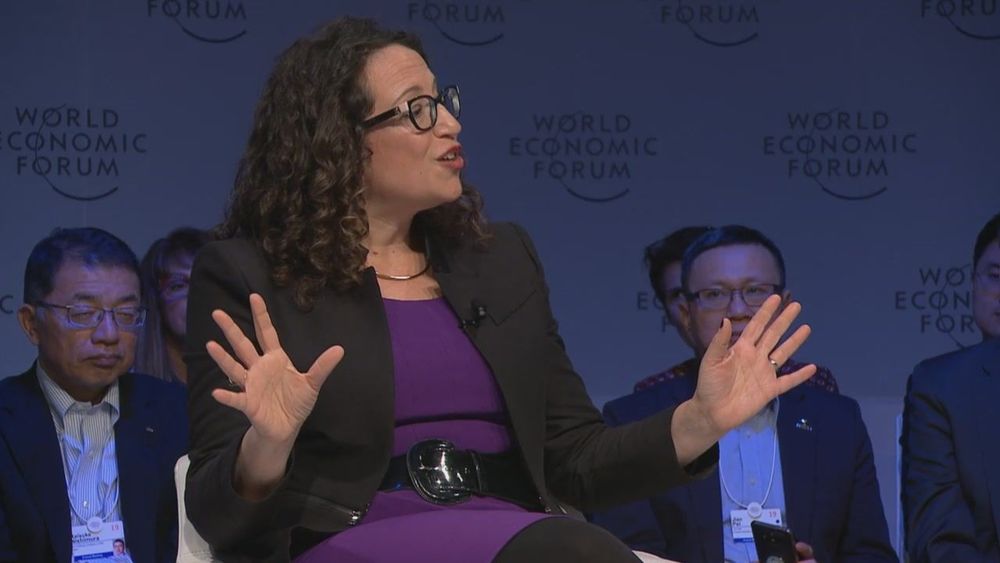
Countries are rolling out ambitious plans to gain a competitive edge in AI. What principles will ensure that AI is deployed safely and ethically?
Jan 24, 2019
Scientists observe a new form of strange matter
Posted by Xavier Rosseel in category: particle physics
To investigate this, the research group launched experiment to try to bind a kaon to a nucleus. To do the experiment, the researchers decided to use a helium-3 target—a nucleus made up of two protons and a single neutron. By knocking out a neutron from the helium-3 target they were able to greatly reduce the energy of the kaon by using the recoil from the ejection and replacing the neutron with a kaon, forming a tightly bound nucleus with two protons and a single kaon.
“What is important about this research,” says Masahiko Iwasaki, the leader of the team, “is that we have shown that mesons can exist in nuclear matter as a real particle—like sugar that is not dissolved in water. This opens up a whole new way to look at and understand nuclei. Understanding such exotic nuclei will give us insights into the origin of the mass of nuclei, as well as to how matter forms in the core of neutron stars. We intend to continue experiments with heavier nuclei to further our understanding of the binding behavior of kaons.”
Both genes and the environment shape a person’s risk of disease, but while genes are frequently cataloged, perturbed, activated, turned off and systematically tested in the lab, environmental exposures are often studied as one-offs. Now Harvard Medical School investigators at Brigham and Women’s Hospital have developed an approach to systematically and simultaneously evaluate the effects of hundreds of environmental factors on the development of neurological diseases.
Through a series of investigations, the team has identified environmental factors that boost neurological inflammation, including an herbicide used in the United States but currently banned in Europe. Details of the team’s approach and findings are published Jan. 17 in Cell.



